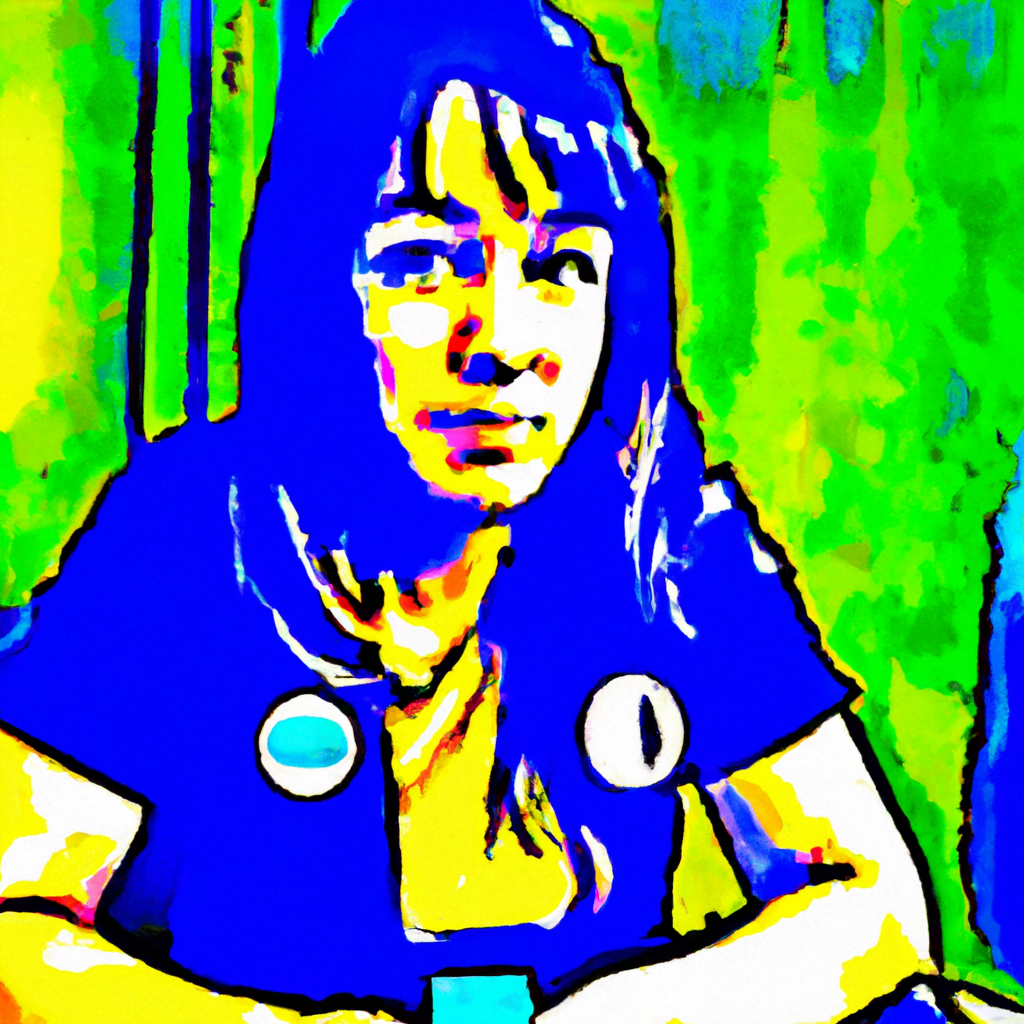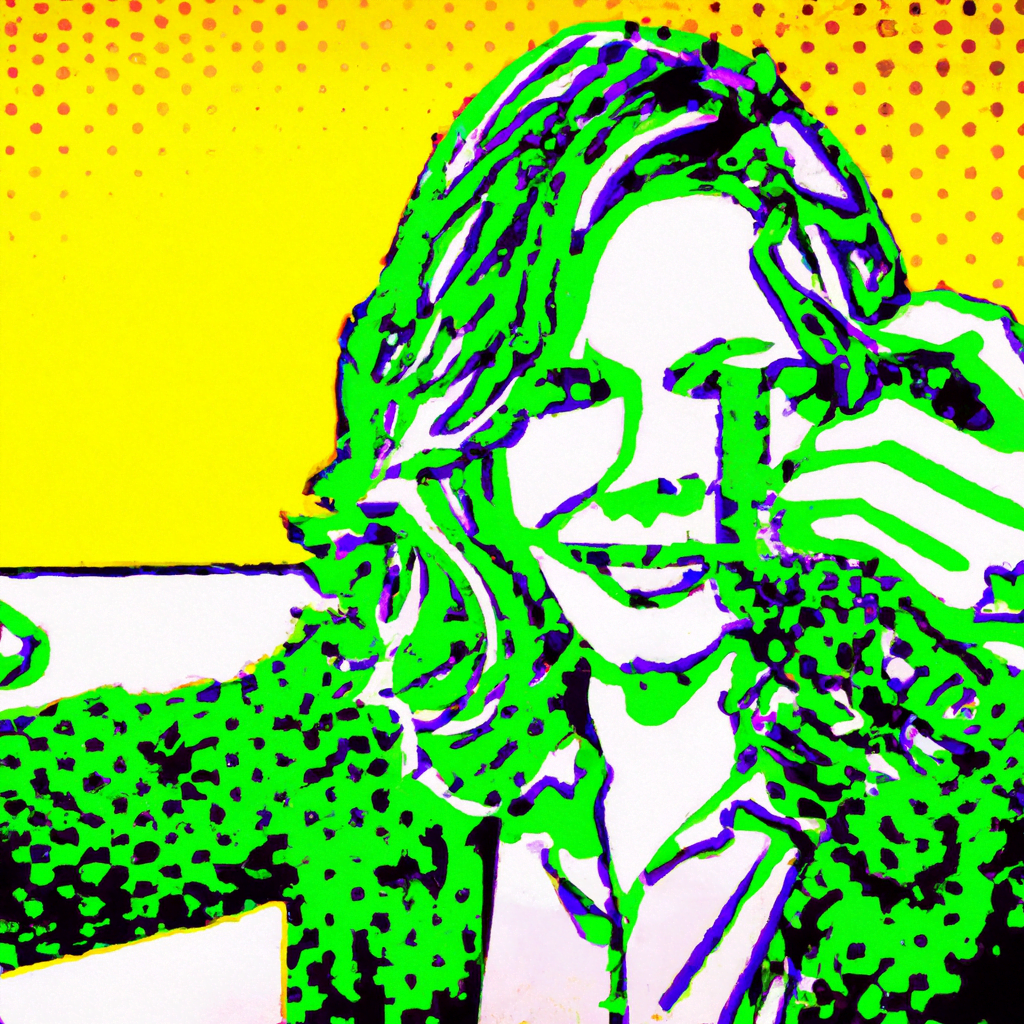
Exploring Pop Art in Illustration

Pop art is a fascinating art movement that emerged in the mid-1950s in the United States and the United Kingdom. It challenged traditional notions of art by incorporating popular culture and everyday objects into its works. One of the most prominent forms of pop art is illustration, which uses bold colors, simple shapes, and iconic imagery to create visually striking and thought-provoking pieces. In this article, we will delve into the world of pop art illustration, exploring its history, techniques, and impact on contemporary art.
The Origins of Pop Art
Pop art emerged as a response to the consumerist culture and mass media of the post-war era. Artists sought to break away from the elitism of the art world and create works that were accessible to the general public. They drew inspiration from popular culture, advertising, comic books, and everyday objects, incorporating them into their art to reflect the changing times.
One of the pioneers of pop art was the British artist Richard Hamilton, who coined the term “pop art” in 1957. Hamilton’s collage “Just what is it that makes today’s homes so different, so appealing?” is considered one of the earliest examples of pop art. It features a composition of various consumer products and media images, highlighting the influence of mass media on society.
The Techniques of Pop Art Illustration
Pop art illustration is characterized by its bold and vibrant colors, simplified forms, and the use of iconic imagery. Artists often employ techniques such as screen printing, collage, and digital manipulation to create their works. Let’s explore some of these techniques in more detail:
Screen Printing
Screen printing is a popular technique in pop art illustration. It involves transferring ink onto a surface through a mesh screen using a stencil. This technique allows artists to create bold and vibrant colors with crisp edges. One of the most famous examples of screen printing in pop art is Andy Warhol’s series of Marilyn Monroe portraits, where he used bright and contrasting colors to depict the iconic actress.
Collage
Collage is another technique commonly used in pop art illustration. Artists create collages by combining different materials such as photographs, magazine clippings, and found objects to create a new composition. This technique allows for the juxtaposition of different elements and the creation of visually striking and thought-provoking images. Roy Lichtenstein, known for his comic book-inspired illustrations, often incorporated collage elements into his works to add depth and texture.
Digital Manipulation
In the digital age, many pop art illustrators use digital manipulation techniques to create their works. They combine elements from various sources, such as photographs, illustrations, and typography, using software like Adobe Photoshop or Illustrator. This allows for greater flexibility and experimentation in creating pop art illustrations. Shepard Fairey’s iconic “Hope” poster, created using digital manipulation techniques, is a prime example of how technology has influenced pop art.
The Impact of Pop Art Illustration
Pop art illustration has had a significant impact on contemporary art and popular culture. Its bold and eye-catching style has made it a favorite among advertisers, designers, and artists alike. Here are some ways in which pop art illustration has influenced the art world:
Democratization of Art
Pop art illustration challenged the notion that art should only be appreciated by a select few. By incorporating popular culture and everyday objects into their works, pop artists made art more accessible and relatable to the general public. This democratization of art has had a lasting impact on contemporary art, with artists from various backgrounds and disciplines embracing the pop art aesthetic.
Critique of Consumerism
Pop art illustration often serves as a critique of consumerism and the commodification of art. By using images of mass-produced objects and popular icons, pop artists questioned the value and authenticity of art in a consumer-driven society. They highlighted the influence of advertising and media on our perception of art and challenged the notion of the “original” artwork.
Influence on Design and Advertising
The bold and vibrant style of pop art illustration has had a significant influence on design and advertising. Its use of bright colors, simple shapes, and iconic imagery has become a staple in graphic design and advertising campaigns. Many brands and companies incorporate pop art-inspired elements into their visual identity to attract attention and convey a sense of modernity and creativity.
Conclusion
Pop art illustration is a captivating art form that continues to inspire and influence artists, designers, and advertisers. Its bold colors, simplified forms, and iconic imagery have made it a favorite among art enthusiasts and the general public alike. By incorporating popular culture and everyday objects into their works, pop artists challenged traditional notions of art and made it more accessible to a wider audience. Pop art illustration serves as a critique of consumerism and has had a lasting impact on contemporary art, design, and advertising. As we continue to embrace the influence of popular culture in our lives, pop art illustration remains a powerful and relevant art form.
